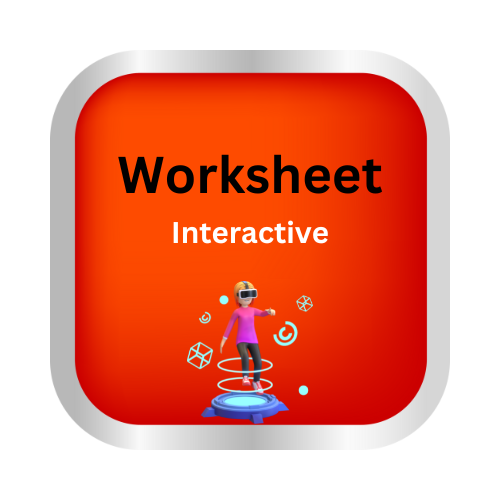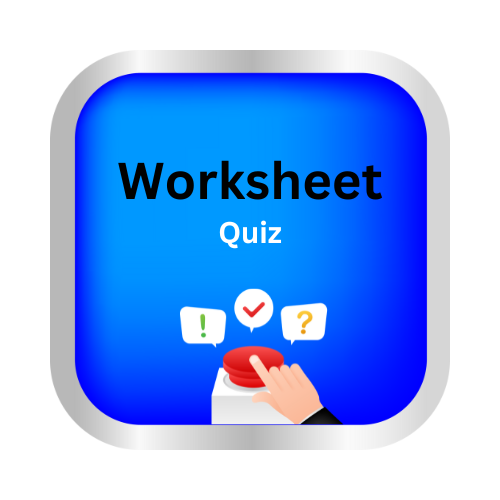Pronoun-verb contractions
key notes :
🌟 Pronoun-Verb Contractions ✨
A pronoun-verb contraction is a short form made by joining a pronoun (I, you, he, she, it, we, they) with a verb (usually is, am, are, will, have, not) using an apostrophe (’). 📝
| Common Pronoun-Verb Contractions |
| Pronoun + Verb | Contraction | Example Sentence |
|---|---|---|
| I + am | I’m | I’m happy today 😄 |
| You + are | You’re | You’re very kind 💖 |
| He + is | He’s | He’s playing football ⚽ |
| She + is | She’s | She’s my best friend 👭 |
| It + is | It’s | It’s raining 🌧️ |
| We + are | We’re | We’re going to the park 🌳 |
| They + are | They’re | They’re eating lunch 🍽️ |
| I + will | I’ll | I’ll help you 🤝 |
| You + will | You’ll | You’ll love this gift 🎁 |
| He + will | He’ll | He’ll arrive soon ⏰ |
| She + will | She’ll | She’ll win the race 🏃♀️ |
| They + will | They’ll | They’ll join us later 🕒 |
| I + have | I’ve | I’ve finished my homework 📚 |
| You + have | You’ve | You’ve done a great job 👍 |
| He + has | He’s | He’s gone to school 🏫 |
| She + has | She’s | She’s already eaten 🍎 |
| They + have | They’ve | They’ve won the game 🏆 |
| Cannot | Can’t | I can’t find my book 📖 |
| Will not | Won’t | He won’t come today 🚫 |
| Is not | Isn’t | She isn’t happy 😔 |
| Are not | Aren’t | They aren’t ready ⏳ |
| Rules to Remember ✅ |
Use an apostrophe (’) to show where letters are missing.
- Example: do not → don’t, I am → I’m
Contractions are informal, mostly used in speaking and casual writing.
Don’t use contractions in formal writing like essays or letters ✍️.
Some contractions can be tricky because they look the same:
- He’s = He is OR He has 🤔
- Decide by the sentence: “He’s happy” → “He is happy” ✅
- “He’s eaten lunch” → “He has eaten lunch” ✅
| Quick Tip 💡 |
If you can replace the contraction with the full words and it still makes sense, it’s correct! ✅
- Example: “I’m ready.” → “I am ready.” ✔️

